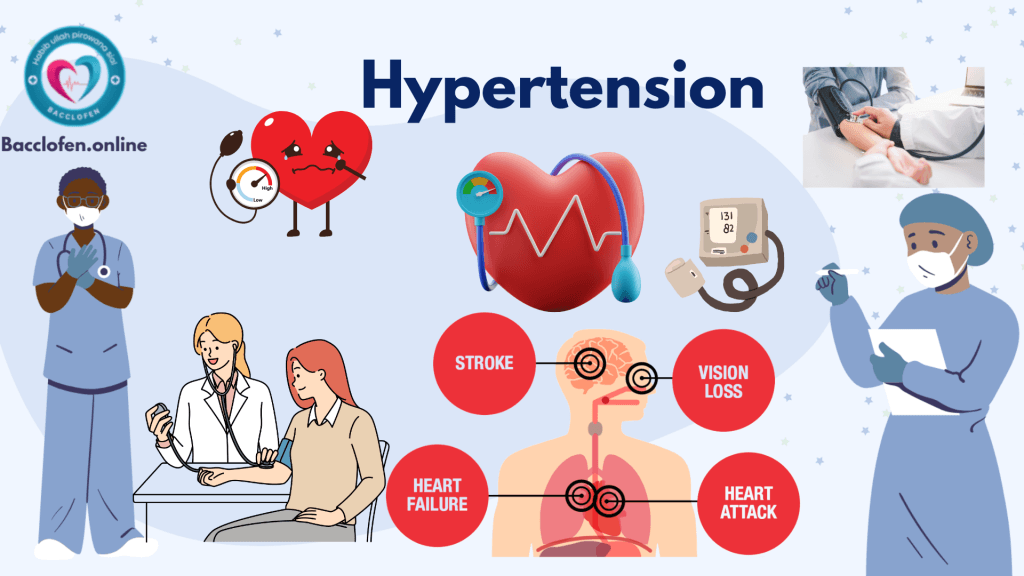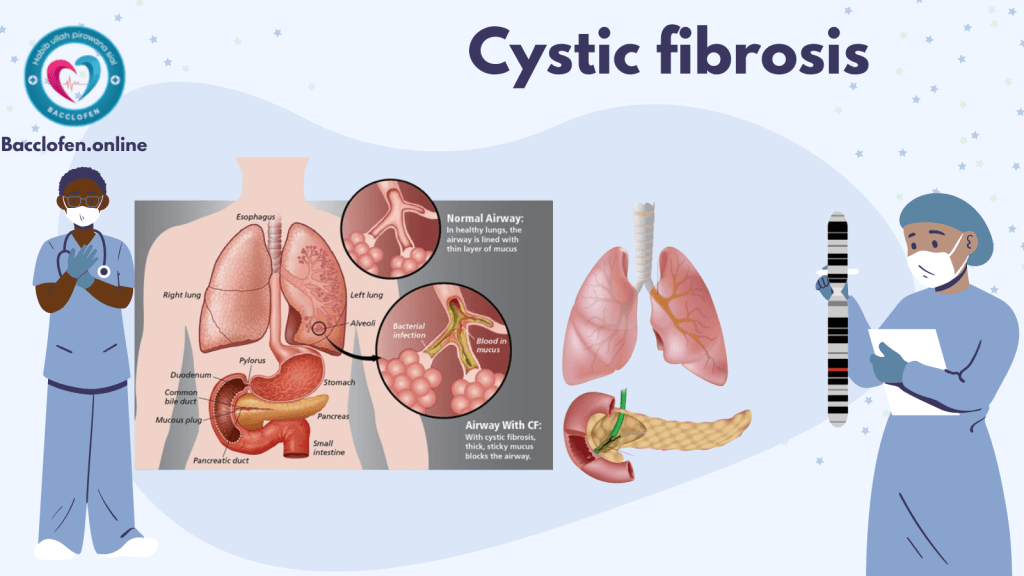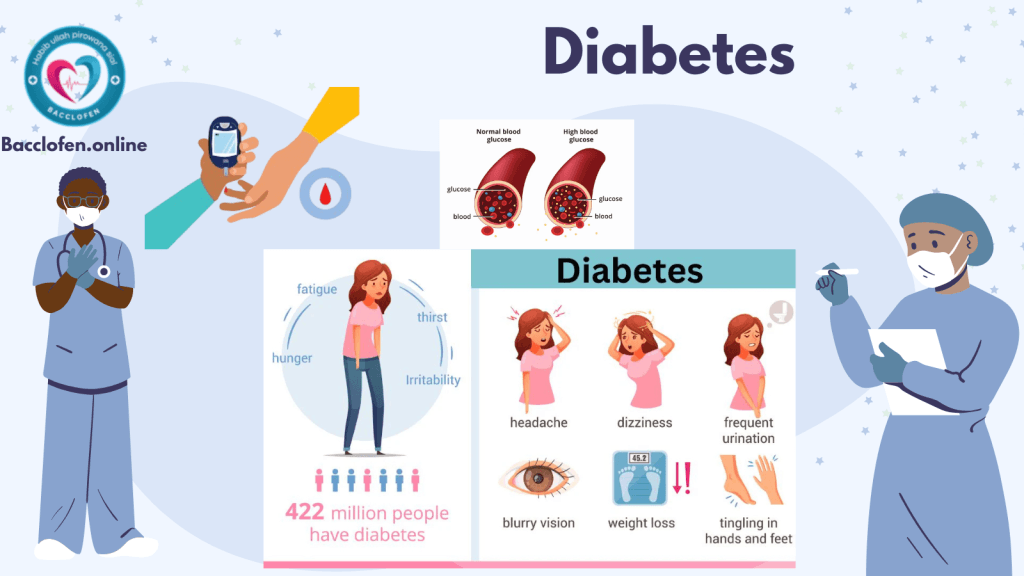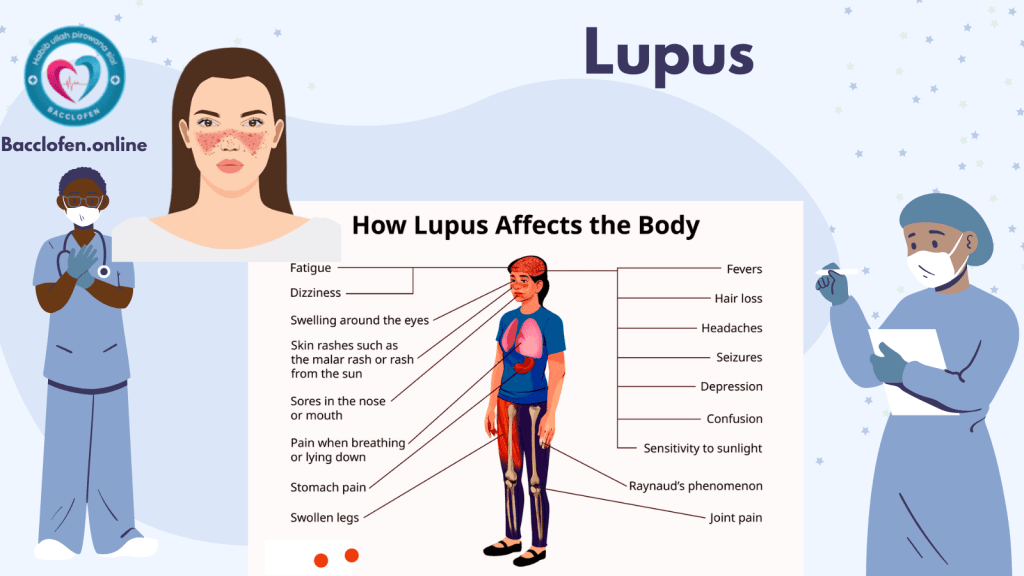Hypertension, also known as high blood pressure, is a common medical condition characterized by the persistent elevation of blood pressure levels in the arteries. It is often referred to as the “silent killer” because it typically has no noticeable symptoms until severe damage to the heart, kidneys, or other organs has occurred. If left unmanaged, hypertension increases the risk of cardiovascular diseases, stroke, and other life-threatening complications.
What is Hypertension?
Blood pressure is the force exerted by circulating blood against the walls of the arteries. It is measured in millimeters of mercury (mmHg) and recorded as two numbers:
- Systolic Pressure: The pressure when the heart pumps blood.
- Diastolic Pressure: The pressure when the heart rests between beats.
A normal blood pressure reading is around 120/80 mmHg. Hypertension is diagnosed when readings consistently exceed 130/80 mmHg, according to most guidelines.
Hypertension can be classified into two types:
- Primary (Essential) Hypertension: Develops gradually over time and has no identifiable cause.
- Secondary Hypertension: Results from an underlying condition or medication, such as kidney disease or hormonal imbalances.
Causes of Hypertension
The causes of hypertension vary based on its type:
1. Primary Hypertension
The exact causes are not fully understood, but contributing factors include:
- Genetics: A family history of hypertension increases risk.
- Age: Blood pressure tends to rise with age.
- Lifestyle Factors: Unhealthy habits like smoking, excessive alcohol consumption, and a high-sodium diet contribute to high blood pressure.
- Obesity: Excess weight strains the heart and blood vessels.
- Stress: Chronic stress can temporarily increase blood pressure.
2. Secondary Hypertension
This form of hypertension arises from specific medical conditions or medications, such as:
- Kidney Disease: Impaired kidney function affects fluid balance and blood pressure.
- Hormonal Disorders: Conditions like Cushing’s syndrome or hyperthyroidism.
- Medications: Certain drugs, including birth control pills and decongestants, can elevate blood pressure.
- Sleep Apnea: Repeated interruptions in breathing during sleep can lead to hypertension.
Symptoms of Hypertension
Hypertension is often asymptomatic, earning its reputation as a “silent killer.” However, when symptoms do occur, they may include:
- Headaches: Particularly severe or persistent ones.
- Dizziness: A sensation of lightheadedness or imbalance.
- Blurred Vision: A sign of damage to the blood vessels in the eyes.
- Shortness of Breath: Common in advanced stages.
- Chest Pain: A potential warning of heart strain.
- Nosebleeds: Rare but possible in extreme cases.
Severely elevated blood pressure, known as a hypertensive crisis, can cause acute symptoms such as severe headache, confusion, nausea, or even seizures, requiring immediate medical attention.

Complications
Uncontrolled hypertension can damage various organs over time, leading to serious complications:
- Heart Disease: Increases the risk of heart attack, heart failure, and left ventricular hypertrophy (enlargement of the heart).
- Stroke: Weakens blood vessels in the brain, leading to hemorrhagic or ischemic stroke.
- Kidney Damage: Chronic high blood pressure can lead to kidney failure.
- Vision Loss: Damages blood vessels in the retina (hypertensive retinopathy).
- Aneurysm: Causes arteries to bulge and potentially rupture.
Prevention of Hypertension
Preventing hypertension involves adopting a healthy lifestyle and addressing modifiable risk factors:
1. Dietary Changes
- Low-Sodium Diet: Reducing salt intake helps lower blood pressure.
- DASH Diet: A dietary approach to stop hypertension, focusing on fruits, vegetables, whole grains, lean proteins, and low-fat dairy.
- Limit Alcohol: Excessive drinking raises blood pressure levels.
2. Physical Activity
- Engage in regular aerobic exercise, such as walking, jogging, or swimming, for at least 30 minutes most days of the week.
3. Weight Management
- Maintaining a healthy weight reduces strain on the heart and blood vessels.
4. Stress Management
- Practice relaxation techniques such as yoga, meditation, or deep breathing exercises to reduce stress.
5. Avoid Tobacco and Limit Caffeine
- Smoking damages blood vessels, while excessive caffeine can temporarily raise blood pressure.
Diagnosis of Hypertension
Hypertension is diagnosed through consistent blood pressure monitoring and additional tests to assess overall health.
1. Blood Pressure Measurement
- Blood pressure is measured using a sphygmomanometer. Multiple readings on different occasions confirm the diagnosis.
2. Ambulatory Monitoring
- A 24-hour portable device measures blood pressure throughout the day and night to identify patterns.
3. Laboratory Tests
- Blood Tests: Evaluate cholesterol levels, kidney function, and glucose levels.
- Urine Tests: Check for signs of kidney damage.
4. Imaging Studies
- Electrocardiogram (ECG): Detects heart-related complications.
- Echocardiogram: Assesses heart structure and function.
Treatment of Hypertension
The goal of hypertension treatment is to lower blood pressure to a healthy range and prevent complications. Treatment typically involves lifestyle changes and medication.
1. Lifestyle Modifications
- Follow a heart-healthy diet, engage in regular physical activity, and manage stress effectively.
- Quit smoking and reduce alcohol consumption.
2. Medications
- Diuretics: Help remove excess sodium and water from the body.
- ACE Inhibitors: Relax blood vessels by inhibiting the production of angiotensin.
- Calcium Channel Blockers: Prevent calcium from entering heart and blood vessel walls, reducing blood pressure.
- Beta-Blockers: Decrease heart rate and the force of contraction.
- ARBs (Angiotensin II Receptor Blockers): Relax blood vessels by blocking angiotensin’s effects.
3. Monitoring and Follow-Up
- Regular blood pressure checks ensure treatment effectiveness.
- Adjustments to medication or lifestyle may be needed based on progress.
Living with Hypertension
Managing requires long-term commitment to a healthy lifestyle and regular medical care:
- Monitor Blood Pressure: Use a home blood pressure monitor for consistent tracking.
- Adhere to Treatment: Take medications as prescribed and follow dietary recommendations.
- Recognize Warning Signs: Be aware of symptoms of hypertensive crises and seek immediate help if needed.
Research and Future Directions
Ongoing research aims to improve hypertension management and outcomes:
- Precision Medicine: Tailoring treatment plans to an individual’s genetic makeup.
- Advanced Monitoring: Wearable technology for continuous blood pressure tracking.
- Innovative Medications: Development of drugs with fewer side effects and enhanced efficacy.



Pingback: Lung Cancer: Causes, Symptoms, Prevention and Treatment - Bacclofen